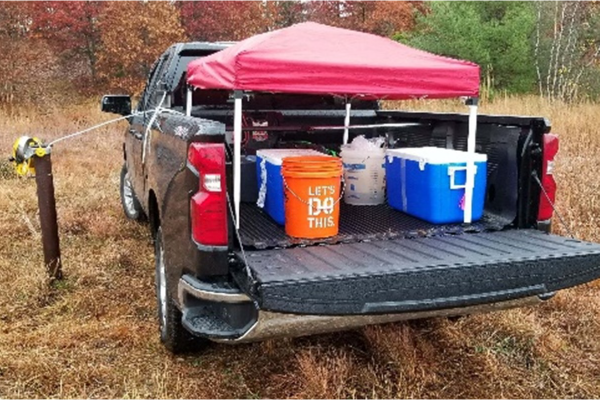CERCLA Investigations at the Shepley’s Hill Landfill, Former Fort Devens Army Installation, MA – USACE New England District
KGS performed a wide range of investigations to assess the source of elevated arsenic concentrations in groundwater at and downgradient of the Shepley’s Hill Landfill (SHL) for USACE New England District. Work was conducted under CERCLA in accordance with the Federal Facilities Agreement with oversight by EPA Region 1 and MassDEP. Work included preparation of project plans including a UFP-QAPP; database management; field investigations; geochemical and groundwater flow modeling; completion of a detailed conceptual site model (CSM); and preparation of submittals to delineate lateral and vertical extent of contamination.
KGS completed 21 soil borings using rotosonic drilling methods, collected co-located soil cores and groundwater profile samples, and installed nested piezometers at five locations. KGS also completed two bedrock borings, collected rock cores, and installed two bedrock monitoring wells. Geophysical logging was completed in both boreholes; results were used to determine intervals for packer testing and sampling using inflatable packers. Multilevel monitoring wells were installed in both bedrock boreholes to delineate arsenic concentrations vertically in bedrock.
KGS conducted geochemical modeling to simulate the geochemical processes that control arsenic mobilization and immobilization at the site. Three site-specific scenarios were developed to illustrate how arsenic is released from site geologic materials and how arsenic is naturally attenuated in the study area.
The results of the field investigations and historical data, along with the output of the geochemical modeling, were used to update the CSM and provided evidence of geogenic arsenic, rather than anthropogenic arsenic, as a significant source of arsenic to the groundwater beneath and downgradient from SHL. KGS provided data visualization presentations as part of project reporting and as part of technical support for meetings with CENAE, EPA, MassDEP, and the public.

